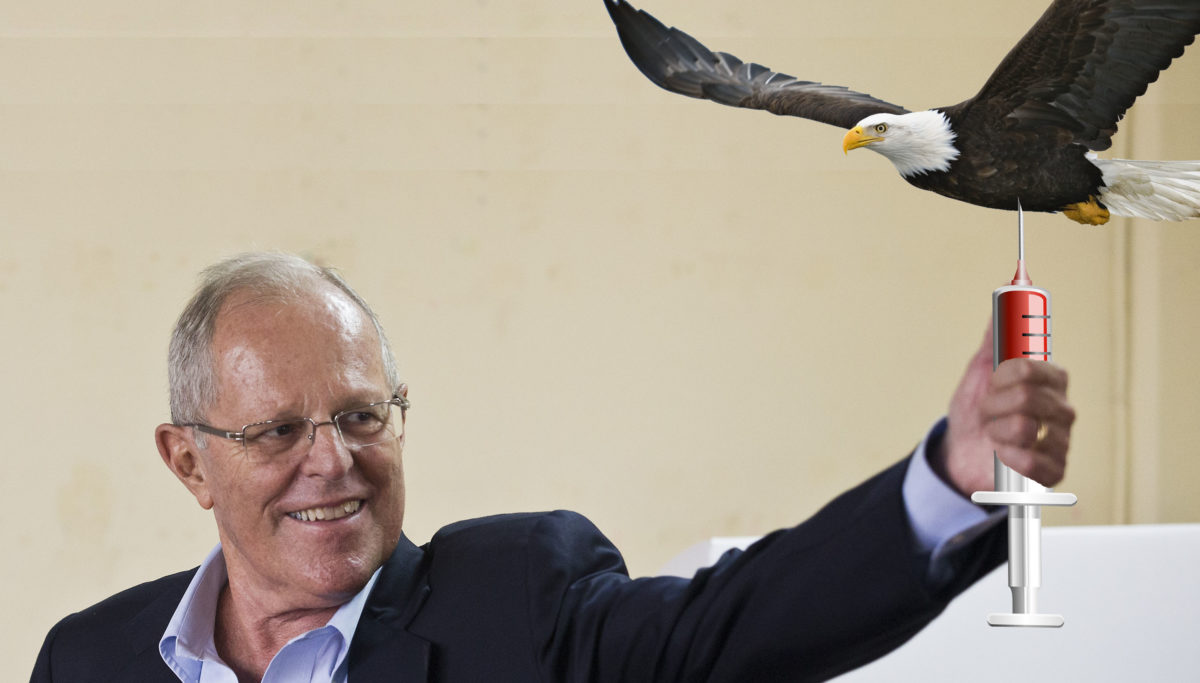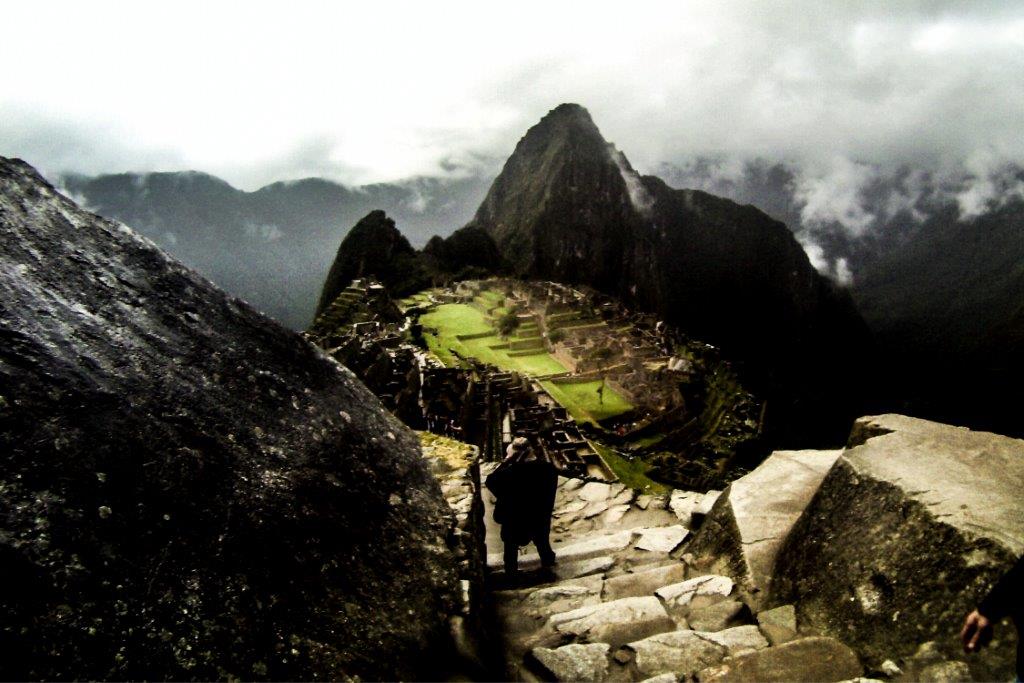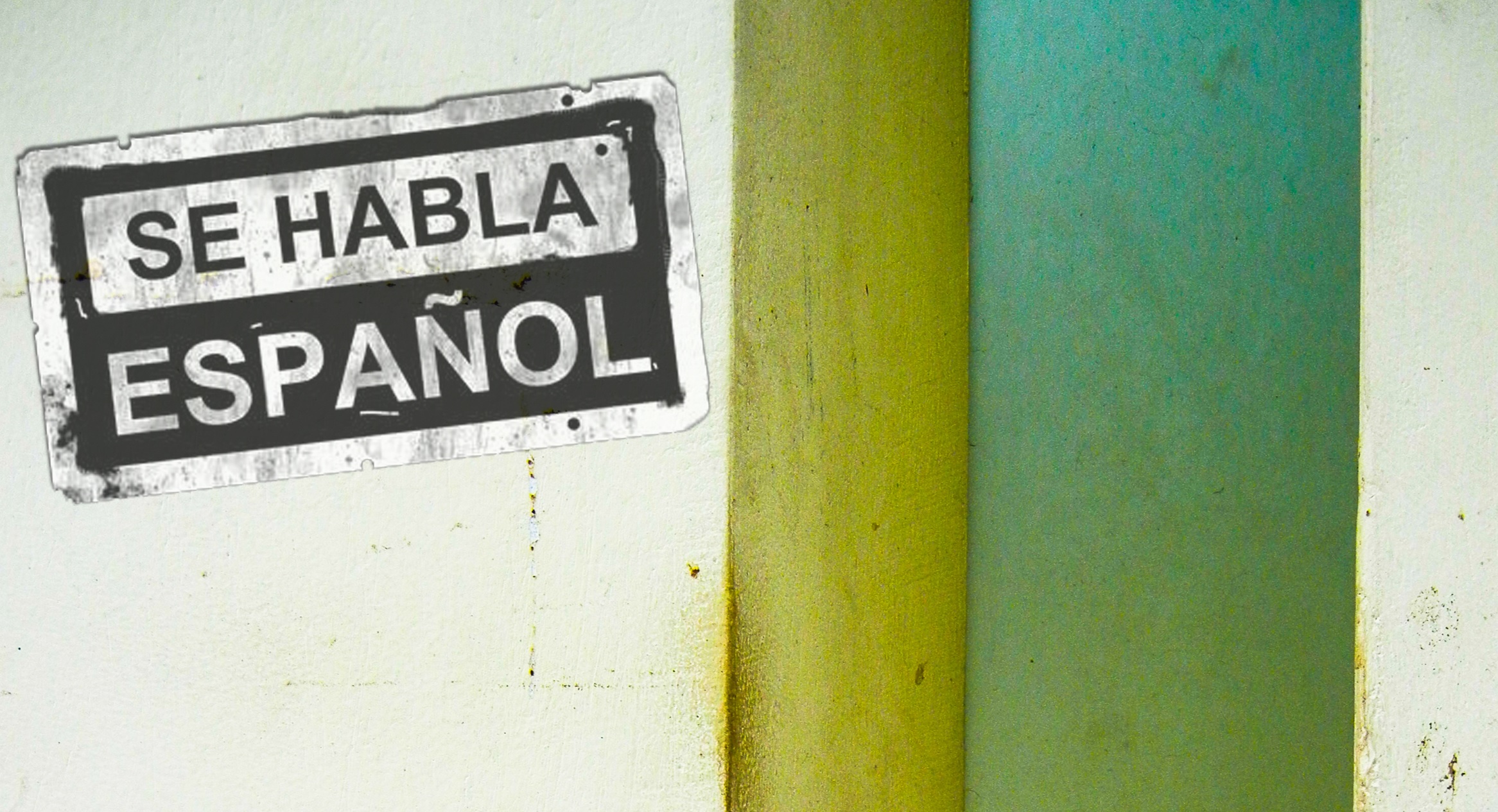I updated this article to reflect on a recent experience with the system that further confirms my beliefs about Peruvian healthcare.
It’s no secret the US healthcare system is something of a mess. The US is the 3rd highest spender per capita, just behind Norway and Switzerland. But you can find a thousand stories of people having to sell their kidneys just to get a new one. Does high quality have to come at such a high cost?
When I was growing up I dealt with a condition that I dub “Chronic corneal abrasion syndrome.” I named it, by the way, because none of the dozen doctors I visited had seen it before. On 11 separate occasions between ages 6 and 12 I woke up to extreme pain in one of my eyes. While the many emergency room visits were covered in part by my father’s insurance, the specialists I went to were typically out of network. My parents spent well over $5,000 trying to figure out what was wrong. That’s on top of the health insurance payments and Medicare taxes.
Turns out I was such a fast growing boy that my eyelids hadn’t caught up, and my eyes would dry out at night and turn brittle. I guess they caught up when I was around 14. I haven’t had an issue since. It took some of the best professionals at the University of Michigan to solve the problem. I was once told I’d be blind by the time I was in my 30s. There’s still a few years left there, so the jury’s still out on that one.
Today I pay $0 for health insurance
As a working adult, I received insurance through work and paid around $90 a month for it back in 2008. I also contributed around $400 in Medicare taxes. Today, average premiums are more than double what I paid. Now I pay $0 for health insurance. Because in Peru, the system works better.
Peru, like almost every country, has a single-payer healthcare system that provides practically universal coverage. Even tourists are covered! It’s primarily funded by a 9% tax on your salary, except you pay nothing. The employer is entirely responsible. Since many business are informal and dodge taxes, the system is understaffed, and therefore slow to respond. Lines can be long, but the quality of the service is more than sufficient.
To compensate, a private system operates exactly like the US. Employers can negotiate to provide their employees with private coverage, and better care. I have a basic plan that covers 90% of my costs at high quality hospitals, but I still pay nothing. How?
So that 9%. If a company has a deal to provide private coverage, they take 25% of the 9% and apply it to your premiums. In my case, that 2.25% of my salary covers my insurance costs completely, around $40. And I’m still able to access the public system if I needed to, say for lack of money or because I’m out of network.
Okay, so I pay nothing. That beats the US by a mile. But does the system work for me? Absolutely.
A doctor came to my house in 2 hours
I made the mistake of taking a hit from a water fountain that hadn’t been touched in a month and got the worst fever of my life. I’m talking hallucinations and crawling to the medicine drawer. I called my insurance company.
I got a person on the phone in seconds, and they sent a doctor to my house in 2 hours. I had a 104 temperature. He offered to drive me to the nearest hospital in network (less than 3 minutes away) but I figured I’d tough it out for a day. So he ran to his car and brought up four different kinds of medicine, wrote down a schedule, and gave me his number.
I did feel better in the morning. The medicine was included in the $15 copay. Oh, and he gave me sick leave for two days from work. In Peru, when a doctor says you get to stay home, the state pays your wages for as long as it takes.
In the US I would have had to take a sick day or use vacation time to cover the lost income. Someone would have had to drive me to a doctor and pay at least $20. Then I’d have to get to a pharmacy and pony up for the prescriptions.
And speaking of prescriptions, medicine is extremely cheap in Peru. The US doesn’t negotiate with pharmaceutical companies the way most countries do. Trump recently announced this would change and pharmaceutical stocks plummeted. About time. Big Pharma charges exorbitant prices in the US because they can. Peruvians don’t have that buying power. So they take what they can get. Doctors don’t push name brands, instead always prescribing generics first.
My dad once needed a 90-day prescription that was going to cost $270, since he didn’t have prescription coverage on his plan. I found it in Peru, over the counter, for $10. A full course of antibiotics will cost less than $5 here. The state even has a handy online price checker that compares all pharmacies and all locations.
So I pay nothing per month. I pay no taxes on my income. Yet I get better quality care, more affordable medicine, and have just as much coverage as you do back home. Maybe the Republican congress can come down here for a case study as they figure out how to “repeal and replace”.
And I haven’t even gone into how the state pays for 4 months of maternity leave, or provides “milk money” to new mothers. Peruvian healthcare policy simply beats the US in every single way possible.
Wealth breeds greed, and that’s what the US healthcare system is all about. Peru doesn’t have the wealth to enable the kind of financial abuse that takes place in America. So we pay fair prices for our drugs. Our insurance is affordable. And as Peru’s GDP has grown, so has its ability to serve. A brand new public hospital is being built in Lima’s east side. Even the rural provinces are seeing massive upgrades.
So yeah, for me, healthcare is better here. I’d much rather get sick in Peru than in the US. Maybe this is part of the problem in America?
Update: The $50 surgery
The closing to the original article, just a couple lines above, makes the bold claim that I’d much rather get sick in Peru. That got put to the test last week.
A couple of cysts decided to set up shop on the back of my jaw. I didn’t think much of them, although I did visit a doctor to have a look. Nothing dangerous, best to leave them be unless anything changes.
Things changed. A lump the size of a pea became a golf ball. So I immediately booked a visit with a plastic surgeon. My insurance (which I still don’t pay for) offered several clinics and I chose one that was more convenient geographically speaking. Appointment made on Saturday for Tuesday afternoon. I went to Sanna San Borja, for full disclosure. And I’d happily go back.
Arriving early equals wasted time more often than not here, but I expected logistical hurdles and bureaucracy would eat up hours before the actual appointment. Hardly the case. The clinic is efficient, with the consultation floor divided by specialty, each area with its own reception. A large central bank of cashiers makes paying easy. I was ready to go in 20 minutes, although my appointment still wasn’t for almost another hour. The doctor saw me anyway.
Once the doctor gives his orders, you go downstairs and the clinic sends the insurance company an estimate for the work. I’m responsible for 15% of the total, around 300 soles. Still seemed perfectly reasonable to me for some plastic surgery, so ink stained paper and I had an appointment for the next week.
After the surgery (which was fantastic due to the unbelievably professional and friendly staff), I got an updated bill, with the actual costs. It came in well under budget, 50% less in fact. So I ultimately paid just shy of 150 soles.
My experience is anecdotal, and doesn’t intend to represent the whole country. I’m well aware not everyone has access to this level of care. Perhaps a deeper dive into that subject belongs in another post. However, I want to stress that this is how the system works. It works well. The problem is not the system, it’s that most Peruvians operate outside of it. Within its cozy confines, I didn’t have to bleed my savings or take out a loan for a simple surgery. I got top-quality medical care for the same cost as a rack of ribs and one-too-many margaritas at Chili’s.






[…] Healthcare in Peru Works Better than in the US It’s no secret the US healthcare system is something of a mess. The US is the 3rd highest spender per capita, just behind Norway and Switzerland. But you can find a thousand stories of people having to sell their kidneys just to get a new one. Does high quality have to come at such a … streetsoflima.com […]